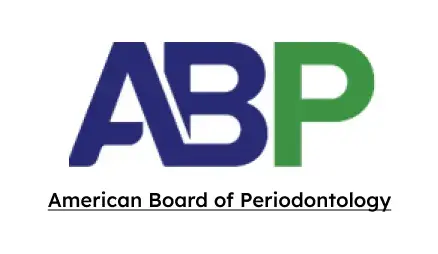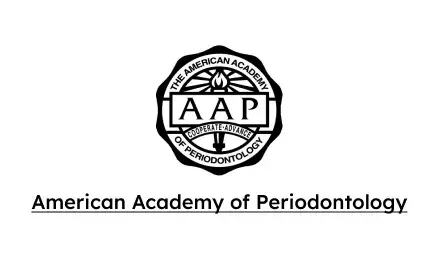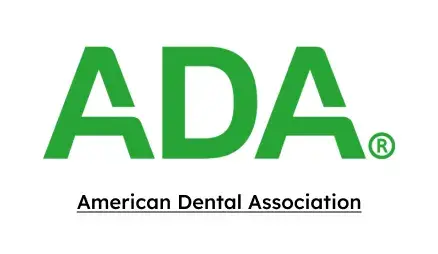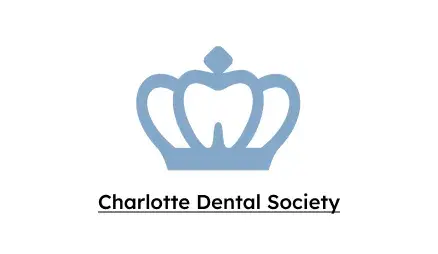Gum Disease Information

Gum disease is often silent, meaning symptoms may not appear until the advanced stages. However, warning signs of gum disease include the following:
- Red, swollen, or tender gums or other pain in your mouth
- Bleeding while brushing, flossing, or eating hard food
- Gums that are receding or pulling away from the teeth, causing the teeth to look longer than before
- Loose or separated teeth
- Pus between your gums and teeth
- Sores in your mouth
- Persistent bad breath
- A change in the way your teeth fit together when you bite
- A change in the fit of partial dentures
Gum Disease Types
Gingivitis
Gingivitis is the mildest form of periodontal disease. It causes the gums to become red, swollen, and bleed easily. There is usually little or no discomfort at this stage. Luckily, gingivitis is reversible with professional treatment and good at-home oral care.
Periodontitis
Untreated gingivitis can advance to periodontitis. With time, plaque can spread and grow below the gum line. Toxins produced by the bacteria in plaque irritate the gums and stimulate a chronic inflammatory response in which the body essentially turns on itself, and the tissues and bones that support the teeth are broken down and destroyed. Gums separate from the teeth, forming pockets between the teeth and gums that can become infected. As the disease progresses, the pockets deepen and more gum tissue and bone are destroyed. Eventually, teeth can become loose and may fall out or need to be removed.
Periodontitis diagnosis is typically classified by stage and grade. After your periodontist conducts a thorough assessment of your unique case, he or she may assign a stage ranging from initial to severe that describes the acuteness of the disease. Additionally, your periodontist may assign a grade that communicates the rate of disease progression and anticipated response to treatment.
American Academy of Periodontology. Gum Disease Information. AAP. www.perio.org/for-patients/gum-disease-information
Contact Us
We provide exceptional dental care tailored to your needs.
Contact us at: (704) 365-0123
Fax: (704) 364-8640
Email: info@charlotteperio.com
Schedule Your Visit!
*Name
*Your Email
*Your Phone Number
*Additional Information
















